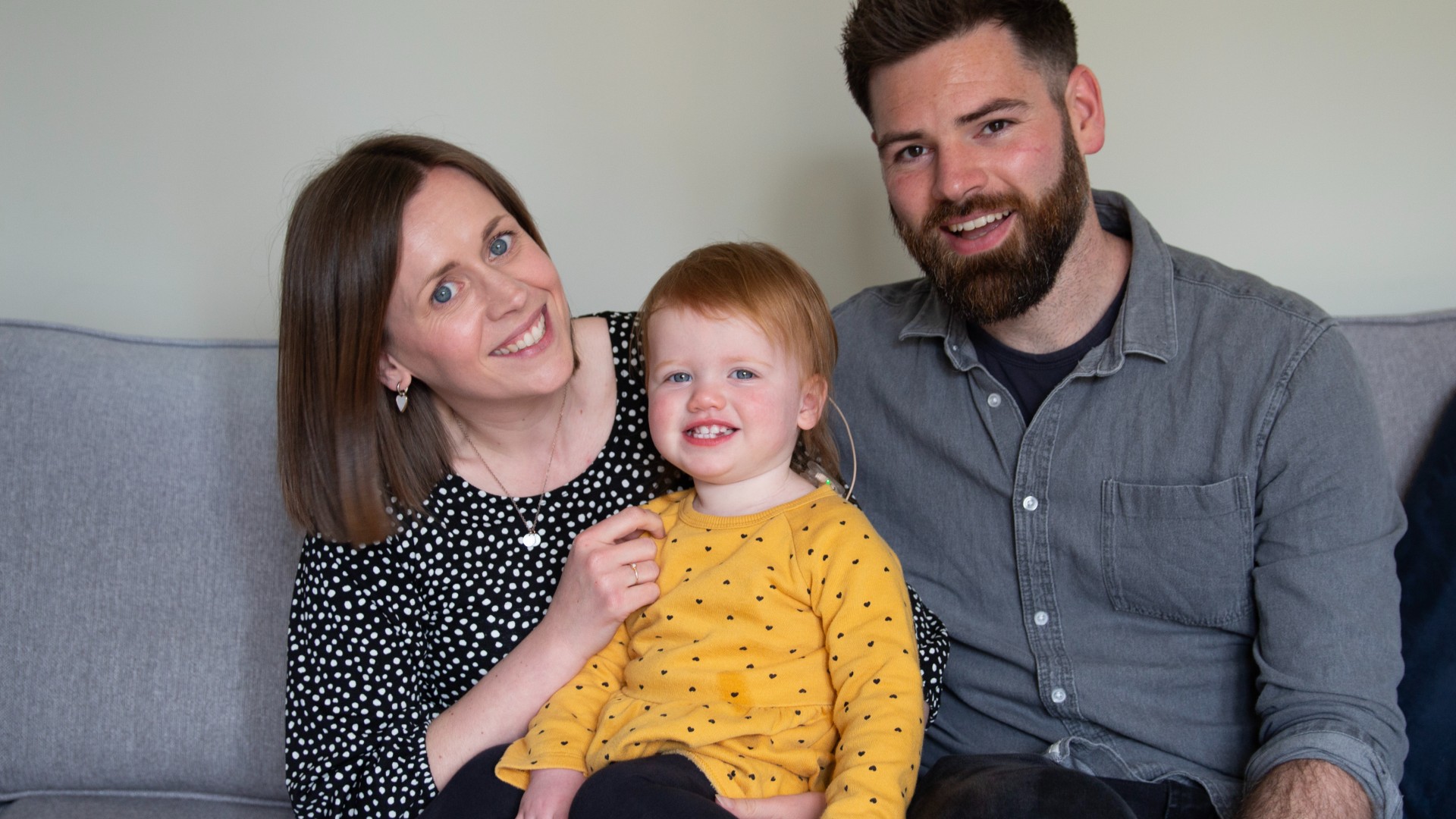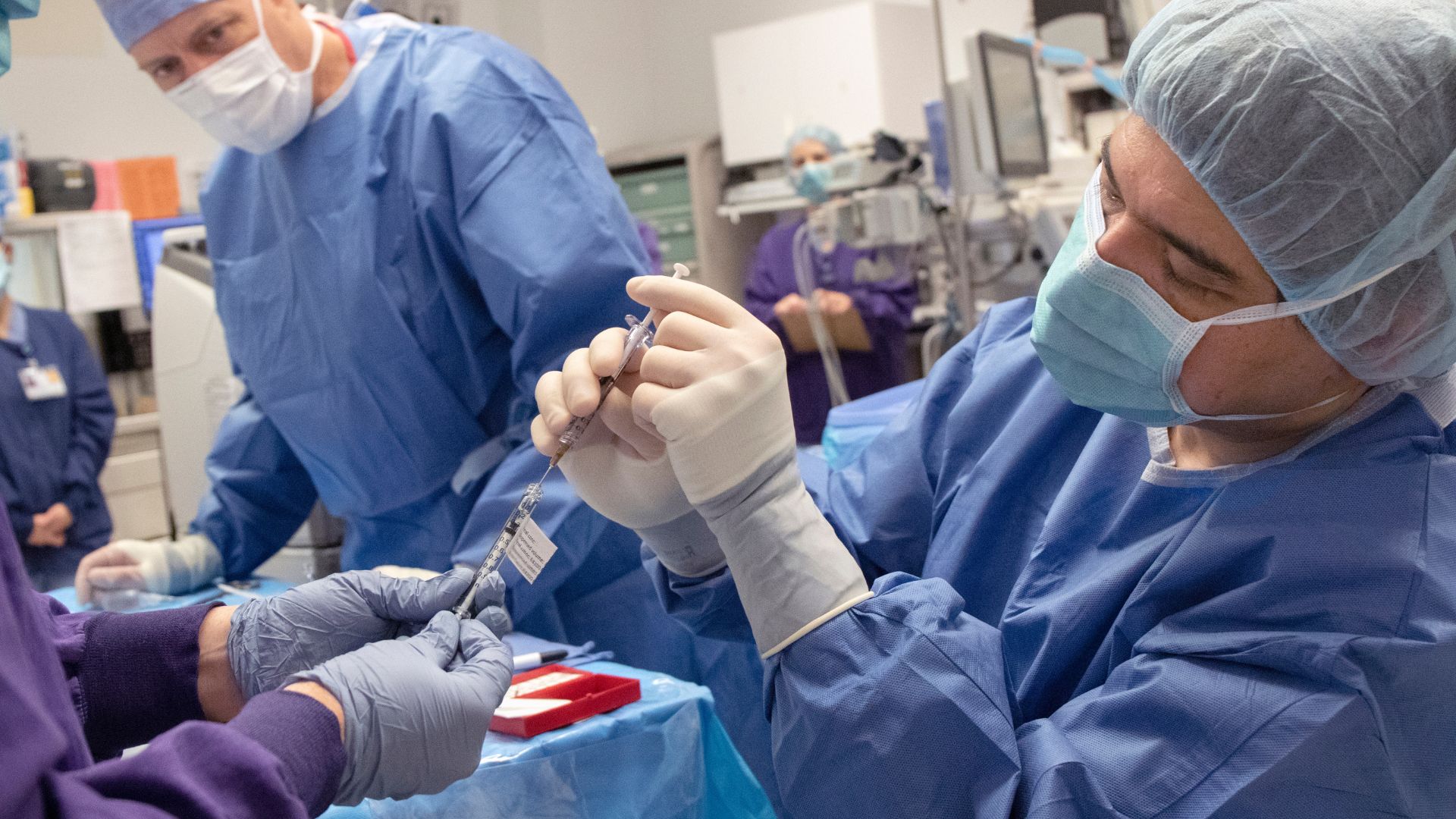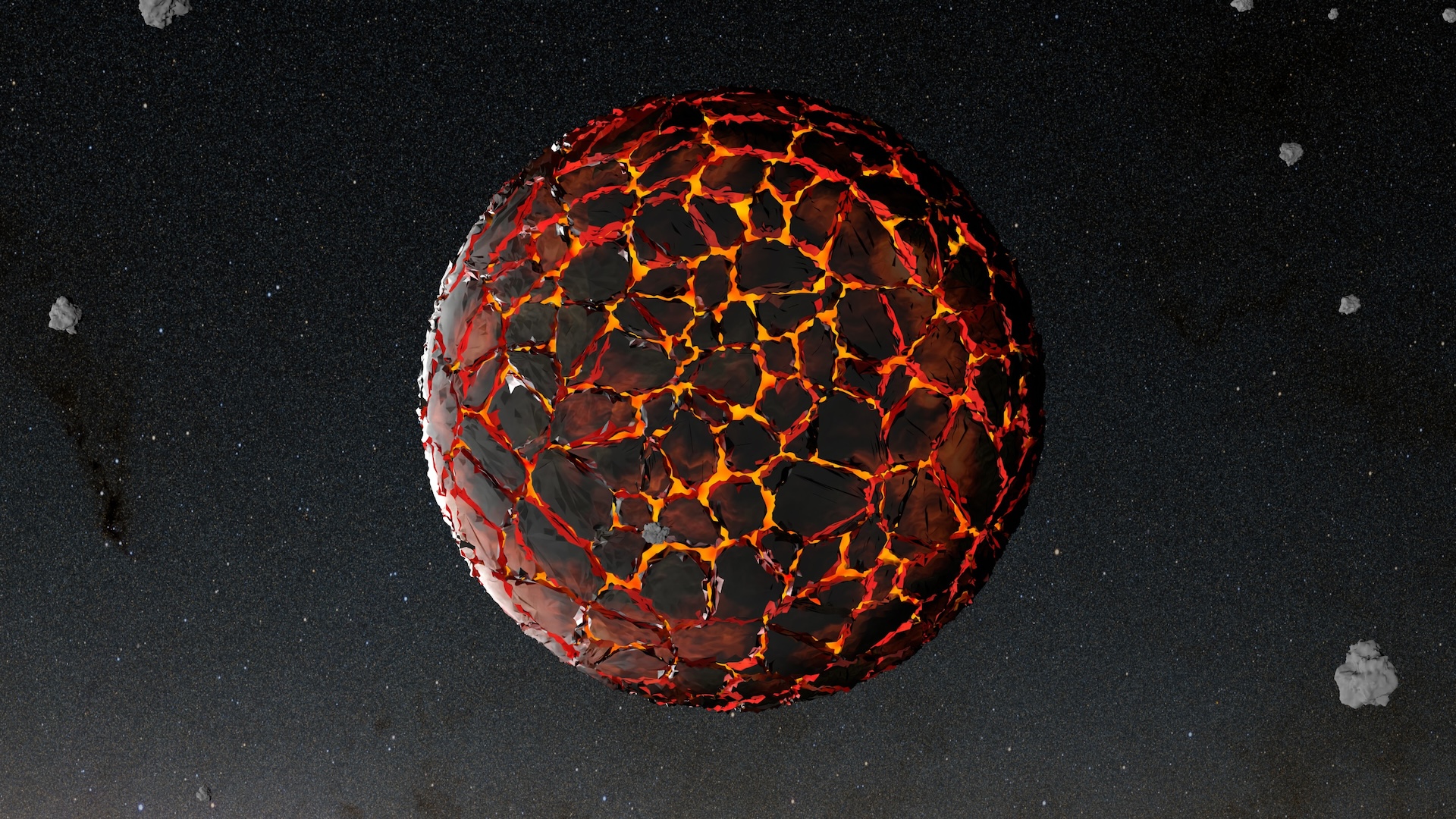DNA and Genes
Latest about Genetics
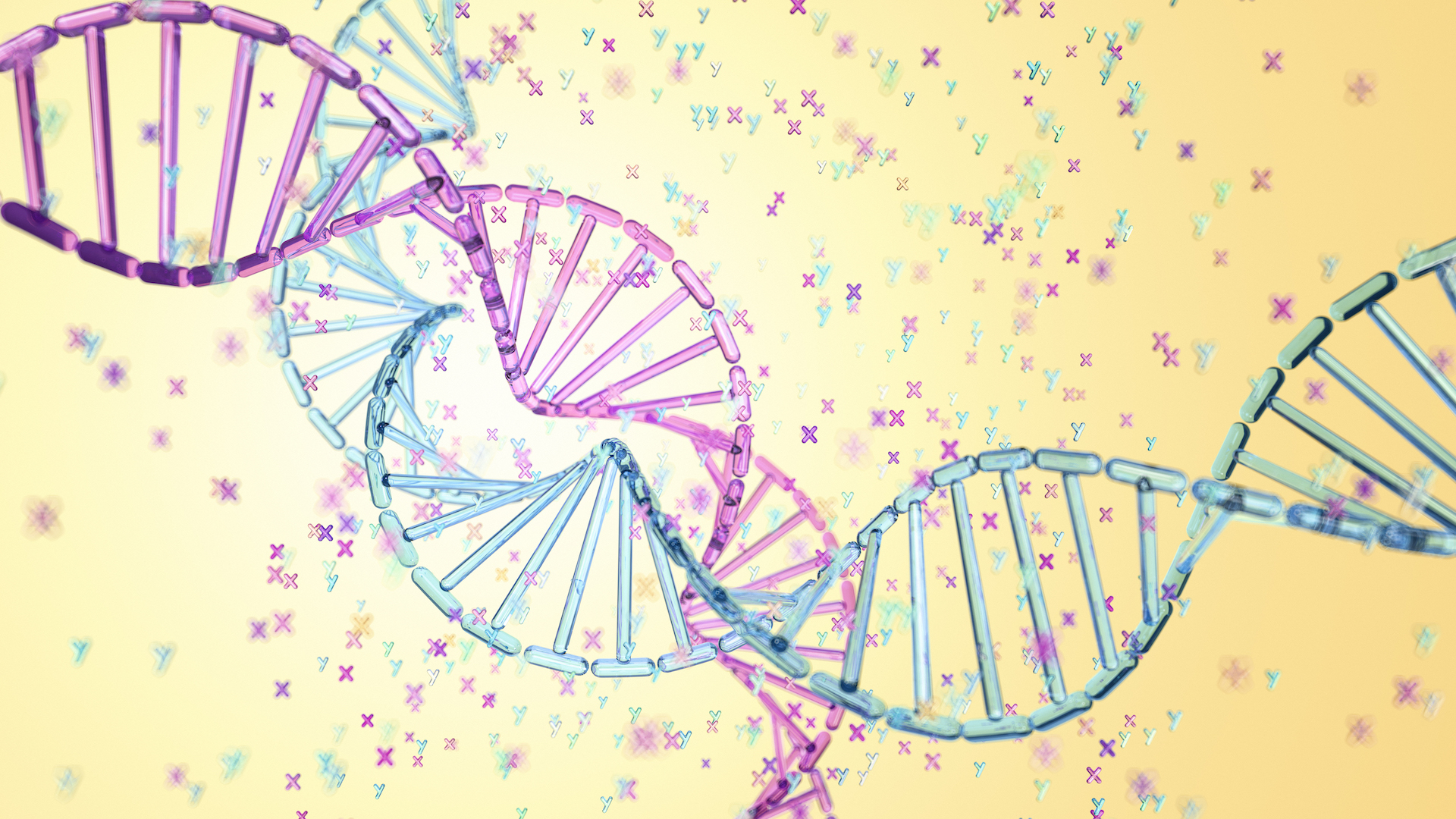
Why genetic testing can't always reveal the sex of a baby
By Maggie Ruderman, Kimberly Zayhowski published
Gender and sex are more complicated than X and Y chromosomes.

Restless legs syndrome tied to 140 'hotspots' in the genome
By Emily Cooke published
A new study has identified more than 140 novel genetic risk factors associated with the development of restless legs syndrome.
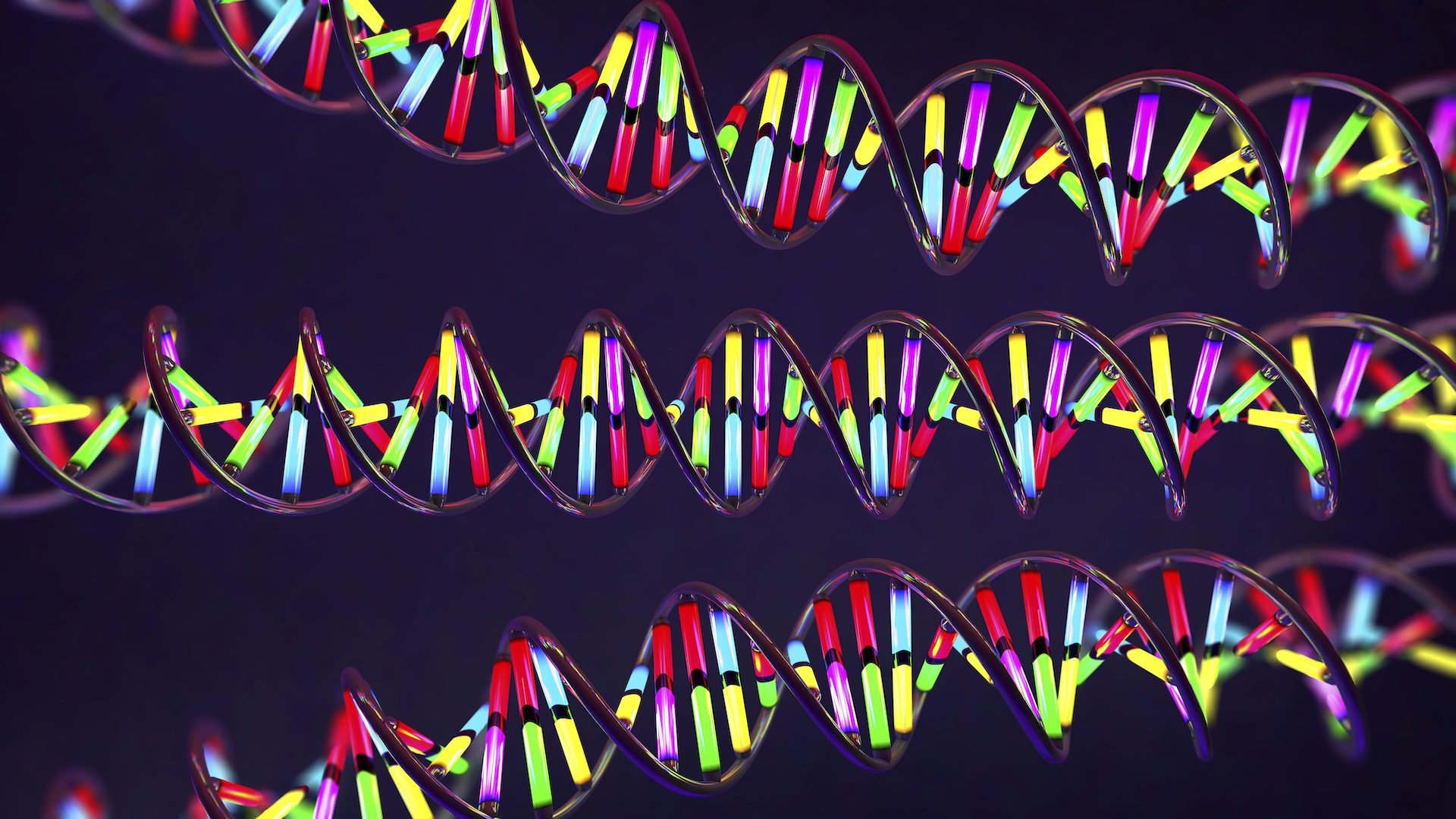
'Fossil viruses' embedded in the human genome linked to psychiatric disorders
By Sahana Sitaraman published
Certain stretches of ancient viral DNA in the human genome may increase the chances of developing three neuropsychiatric disorders.
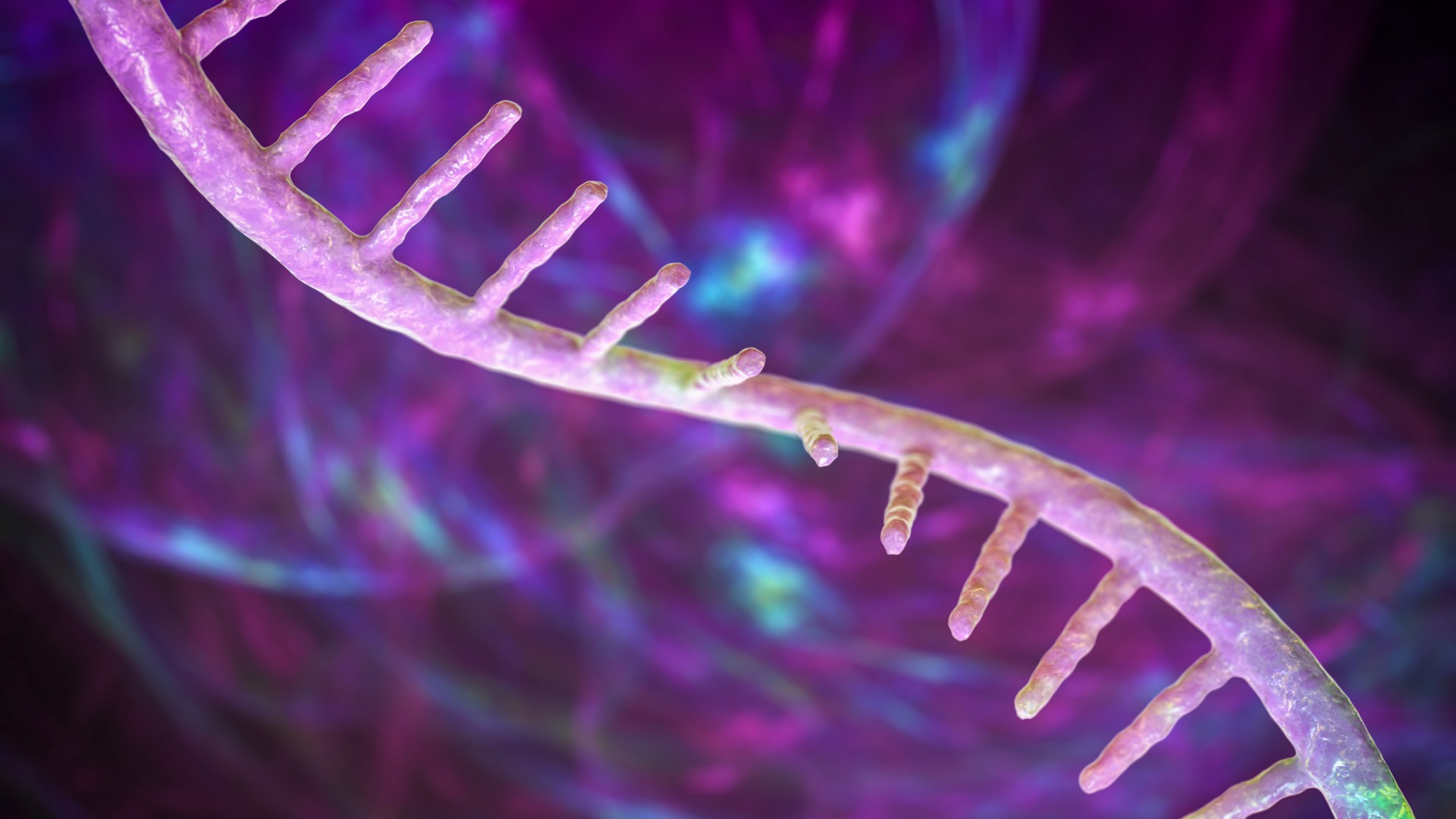
New genetic cause of intellectual disability potentially uncovered in 'junk DNA'
By Emily Cooke published
Mutations in "junk DNA" could be responsible for rare genetic cases of intellectual disability, new research hints.
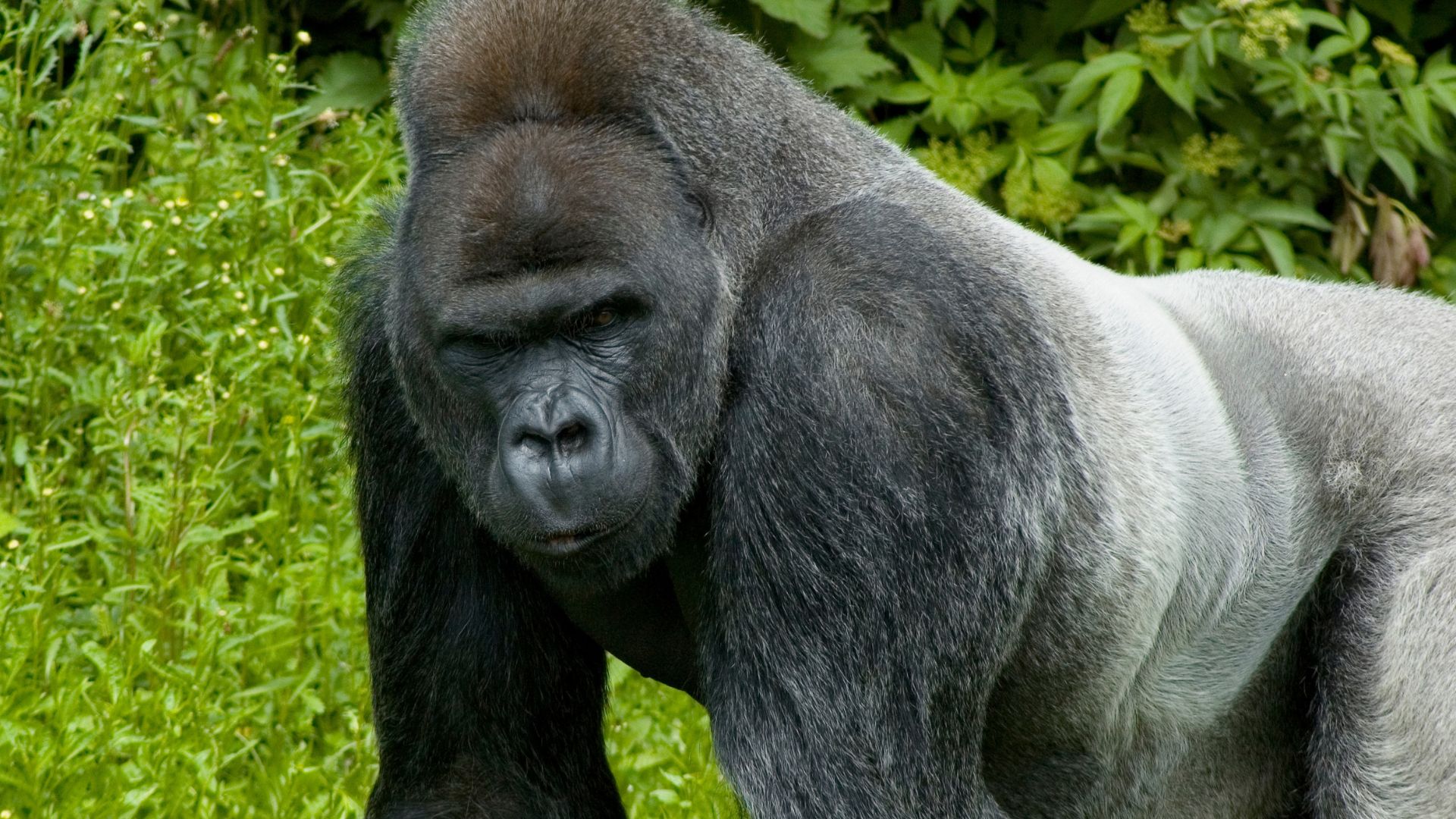
The same genetic mutations behind gorillas' small penises may hinder fertility in men
By Nicola Williams published
Scientists have used the gorilla genome to probe for previously unknown genes that may contribute to infertility in men.
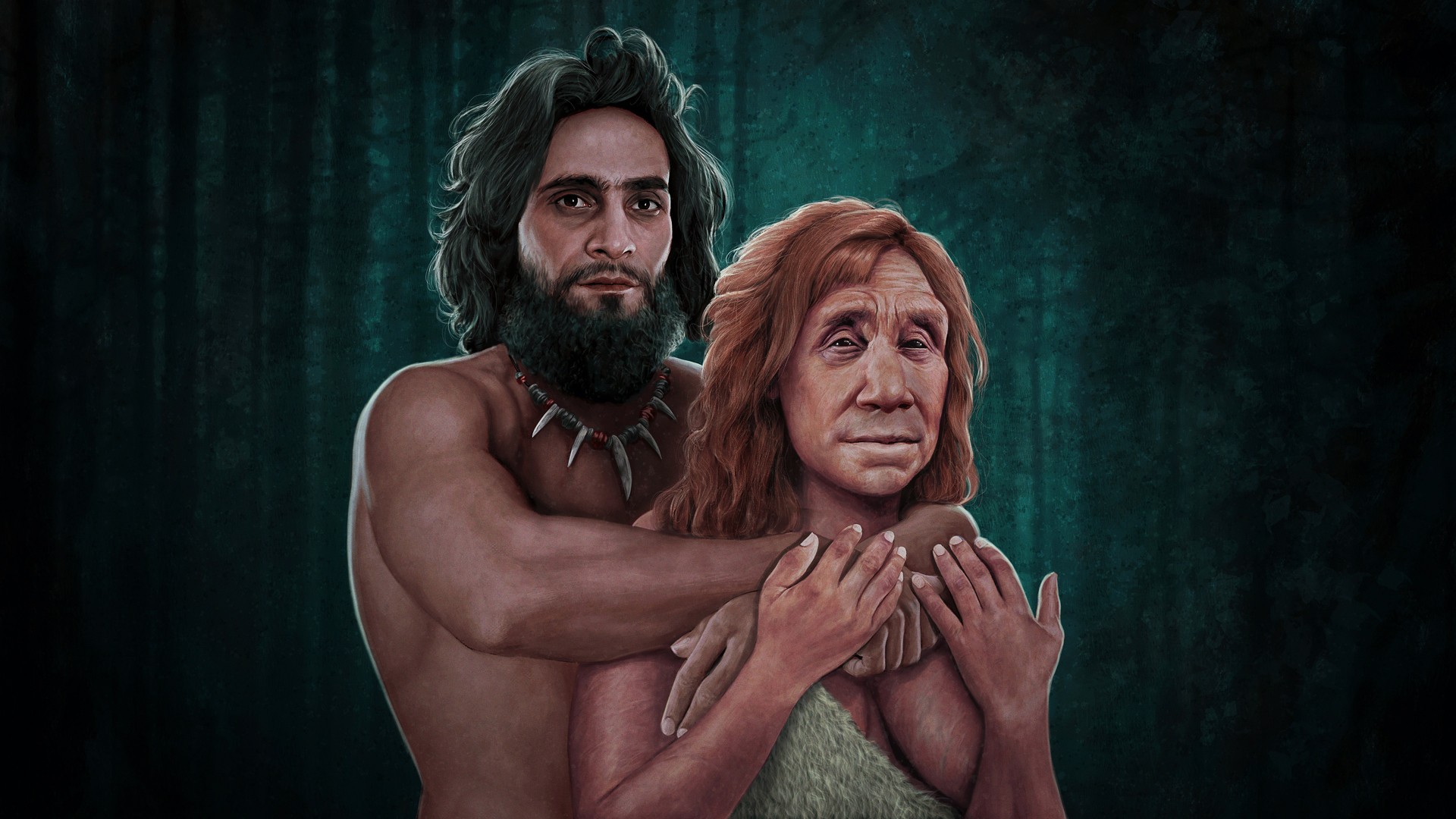
'More Neanderthal than human': How your health may depend on DNA from our long-lost ancestors
By Emily Cooke published
Neanderthals and humans mated millennia ago, and their legacy lives on in us today. Here's how.
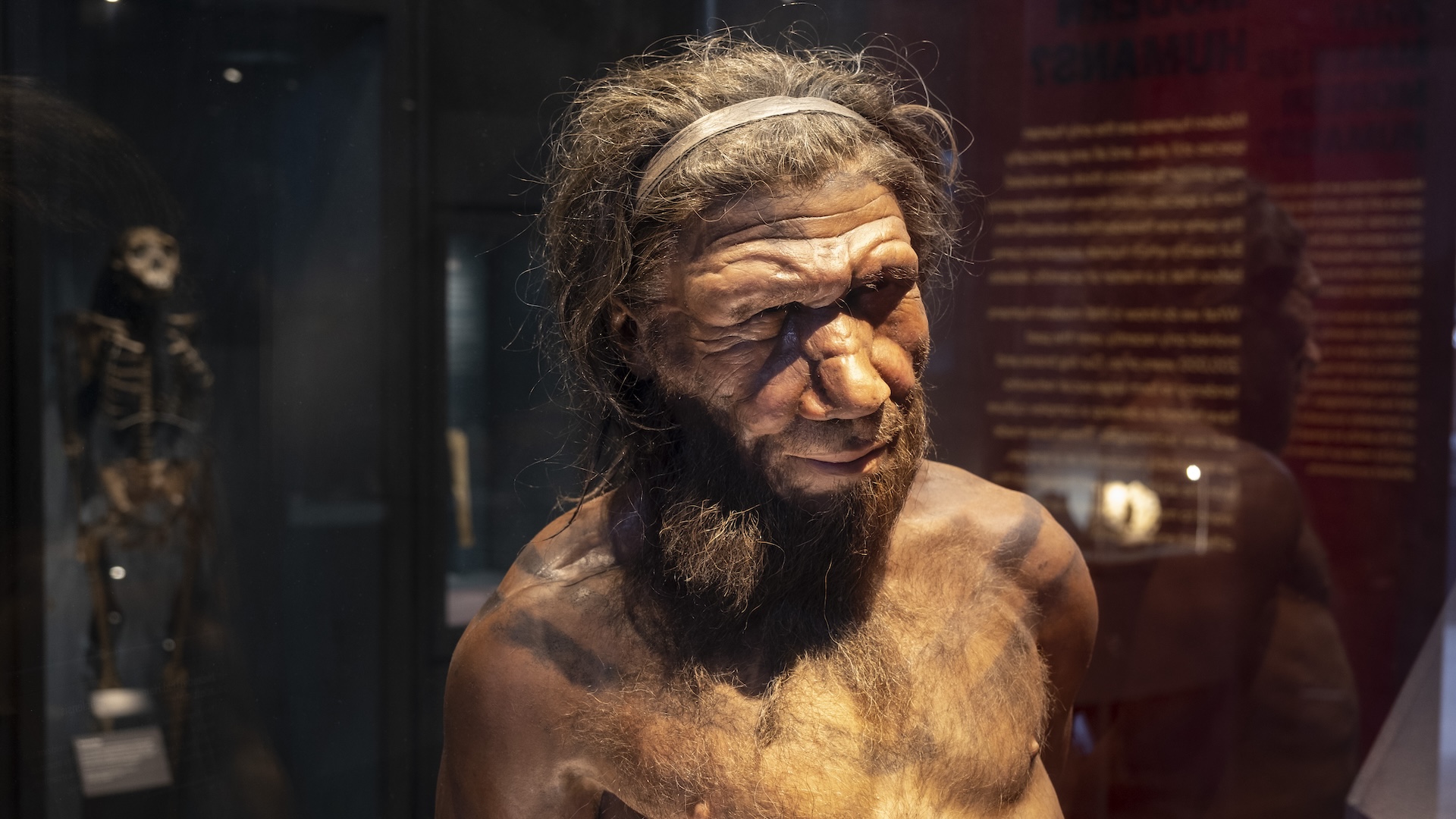
The mystery of the disappearing Neanderthal Y chromosome
By Emily Cooke published
Non-Africans carry around 2% Neanderthal DNA in their genomes — yet there's one chromosome where DNA from our ancient cousins is nowhere to be found.
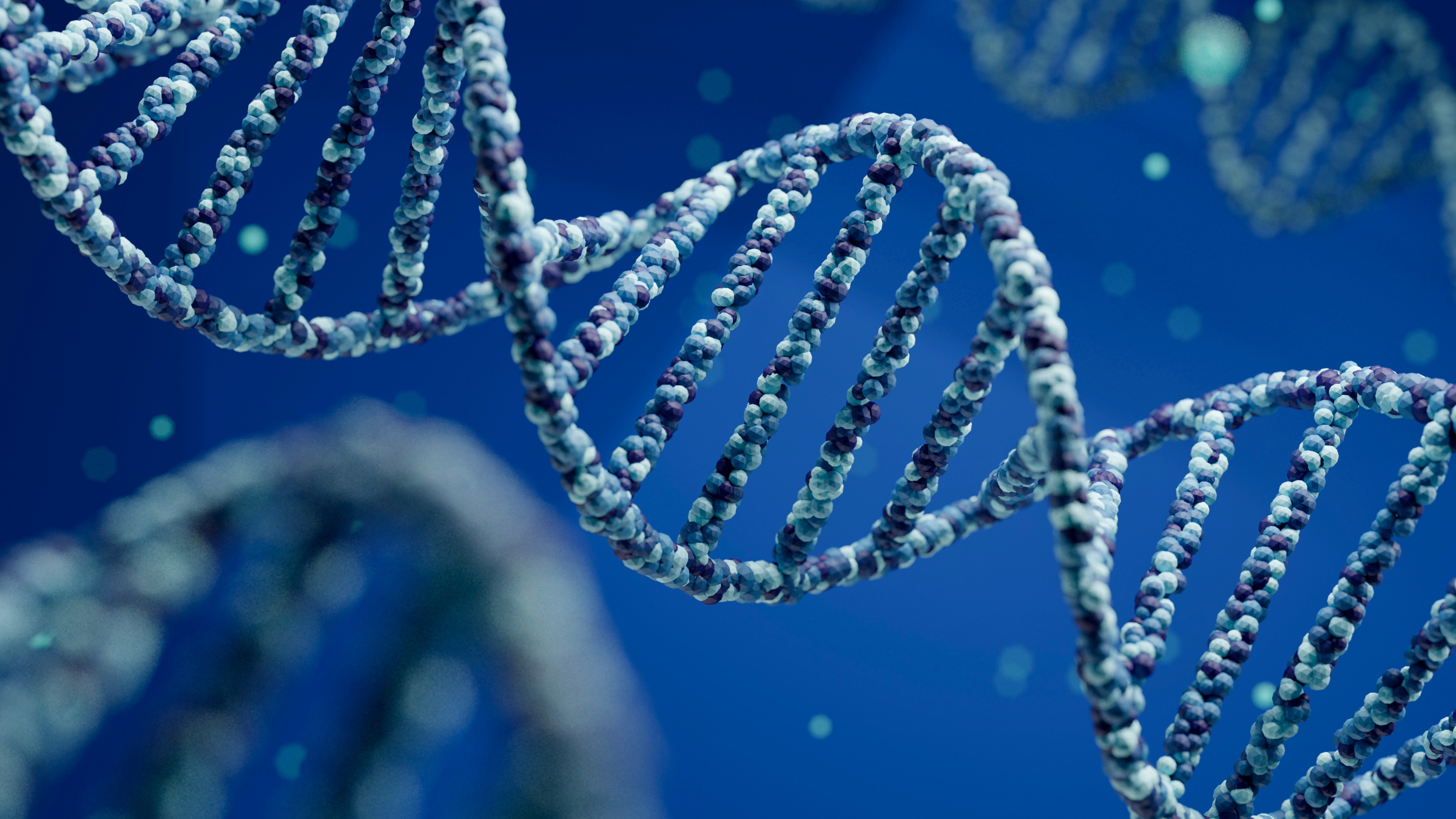
10 unexpected ways Neanderthal DNA affects our health
By Emily Cooke published
Around 2% of the genomes of modern Eurasians contains Neanderthal DNA. Here's how it affects our health.
Sign up for the Live Science daily newsletter now
Get the world’s most fascinating discoveries delivered straight to your inbox.
